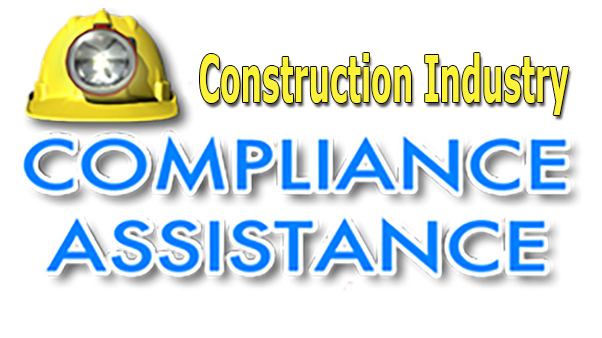
Common Asbestos Violations
1. Failure to notify authorities. Failing to notify the appropriate state agency before demolition or renovation work that may involve asbestos.
- Notification requirements can be found in the Asbestos National Emission Standards (NESHAP) at 40 CFR 61.145 (b).
- The rule requires owners and operators of buildings to notify the appropriate state agency before demolishing or renovating buildings that may contain asbestos.
2. Allowing unlicensed workers to remove asbestos. Hired unlicensed individuals to remove asbestos can lead to violations.
- Regulated asbestos removal must be done by a licensed contractor certified by your state agency. These contractors are required to follow strict guidelines and procedures to safely remove and dispose of asbestos-containing materials. Use this list of state contacts to find out about certification in your state.
3. Failing to protect workers. Not providing adequate protection for workers during asbestos removal or renovation, such as respirators or protective clothing.
- Through regulatory authority under the Occupational Safety and Health Act, OSHA is responsible for establishing standards to protect the health and safety of workers who may be exposed to asbestos in the work place.
- Asbestos removal worker protection involves a comprehensive approach including training, personal protective equipment (PPE), and safe work practices. Workers must be trained in the hazards of asbestos and proper techniques for removal, and must wear appropriate PPE such as respirators, coveralls, gloves, and eyewear.
4. Failing to comply with work practice standards. Not following the required work practices, such as wetting asbestos-containing materials or using proper containment techniques, can lead to violations.
- Asbestos work practice standards are designed to minimize worker exposure to asbestos fibers during demolition, renovation, and other construction activities. These standards, primarily regulated by OSHA, require employers to assess asbestos levels, implement engineering controls like ventilation systems, and establish regulated areas where workers are required to wear respirators and other personal protective equipment (PPE).
- Procedures for asbestos emission control can be found in the Asbestos National Emission Standards (NESHAP) at 40 CFR 61.145 (c).
5. Improper disposal. Failing to follow proper procedures for removing asbestos, sealing in leak-tight containers, and disposing of them correctly.
- All asbestos waste must be sealed in leak-proof containers and clearly labeled. The containers should be labeled with warnings about the hazards of breathing asbestos fibers. The containers should be handled carefully to avoid breakage and release of asbestos fibers into the air. Mechanical unloading can be done if the containers are designed for it. Damaged containers should be repacked.
- Asbestos-containing waste must be disposed of at a permitted solid waste disposal facility and never burned. The waste should be transported in a covered and leak-proof vehicle and placed in a landfill specifically authorized to accept asbestos.
- Category I and II nonfriable asbestos-containing material (ACM) that has become regulated asbestos-containing material (RACM) must be disposed of in a landfill that operates in accordance with 40 CFR 61.150 and 40 CFR 61.154, or in an EPA-approved conversion facility described in 40 CFR 61.155 of the asbestos NESHAP.
- Category I and II nonfriable ACM which has not become RACM during demolition may be disposed of in a landfill that normally accepts construction debris. However, if Category I or II nonfriable ACM is sanded, ground, cut or abraded before it is buried at the landfill, it is subject to the asbestos NESHAP.
